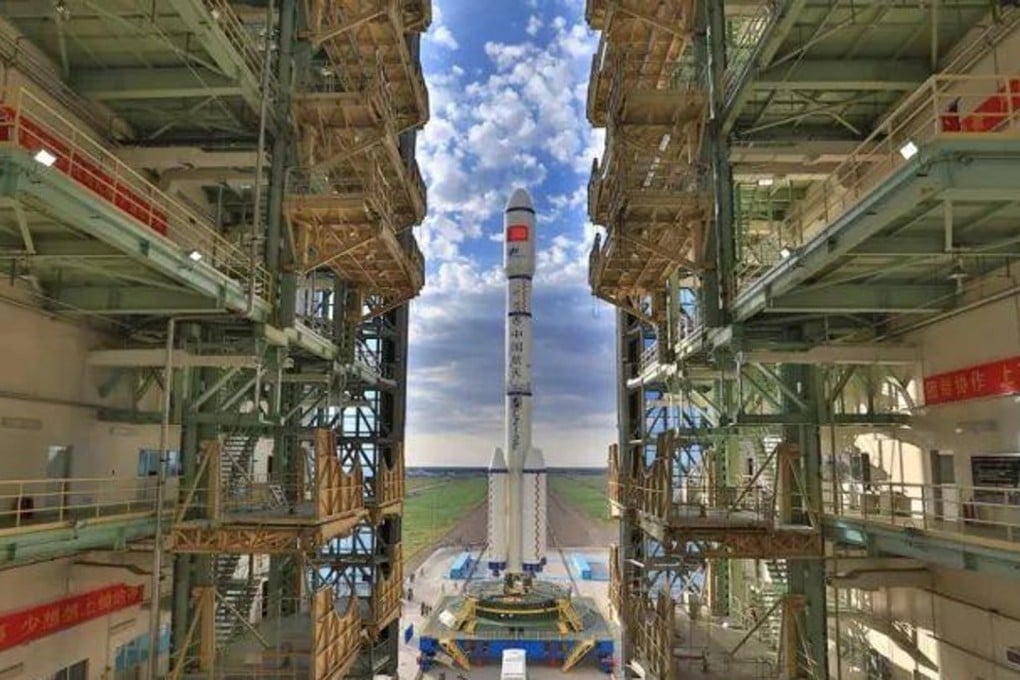China’s nuclear spaceships will be ‘mining asteroids and flying tourists’ as it aims to overtake US in space race
State media publishes Chinese scientists’ ambitious plans to revolutionise space travel and exploration in coming decades

China is on course to develop nuclear-powered space shuttles by 2040, and will have the ability to mine resources from asteroids and build solar power plants in space soon after, according to state media.
The ambitious claims, made by the China Academy of Launch Vehicle Technology – the country’s leading rocket developer and manufacturer – were published on the front page of People’s Daily on Friday.
According to the report, a new “nuclear fleet” of carrier rockets and reusable hybrid-power carriers will be ready for “regular, large scale” interplanetary flights, and carrying out commercial exploration and exploitation of natural resources by the mid-2040s.
China will catch up with the United States on conventional rocket technology by 2020, it said. In 2025, it is expected to launch a reusable suborbital carrier and start suborbital space tourism.
By 2030, it aims to put astronauts on the moon and have the capabilities to bring samples back from Mars.